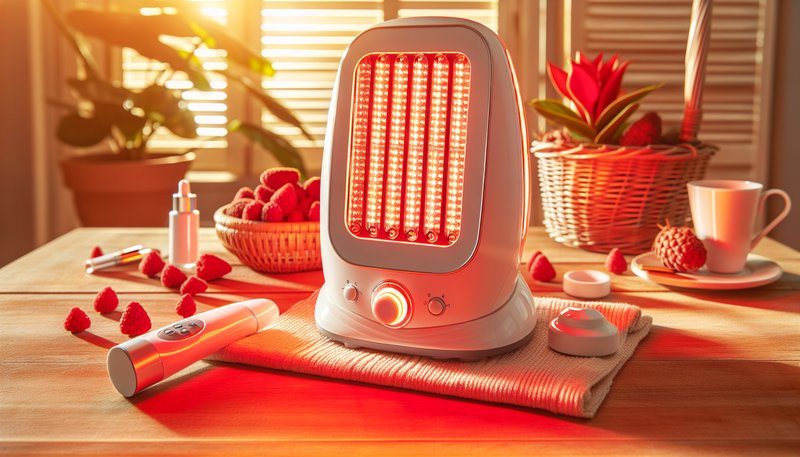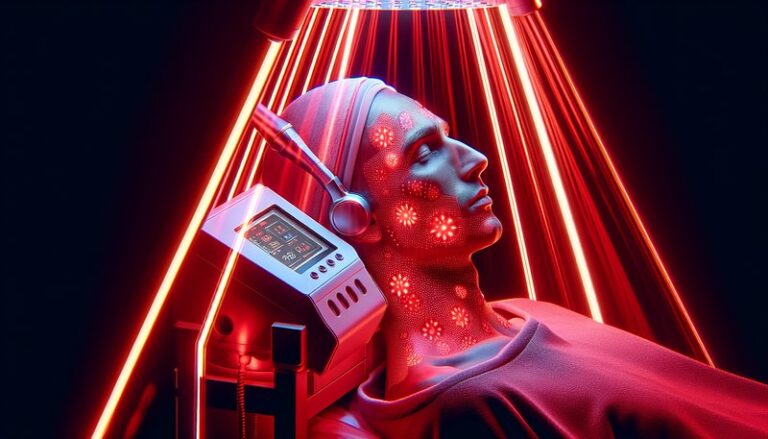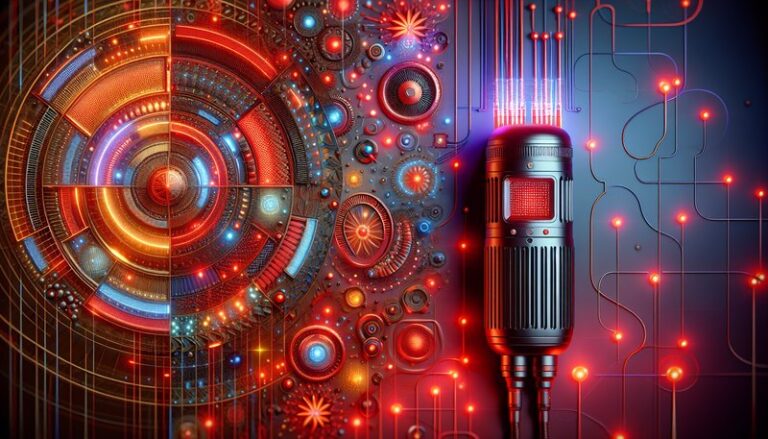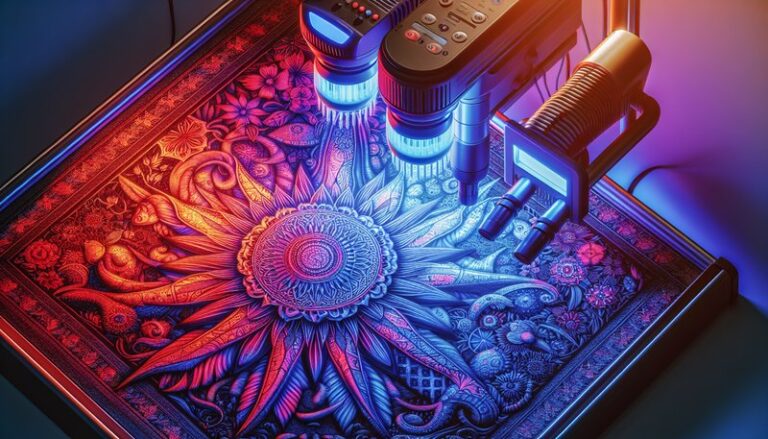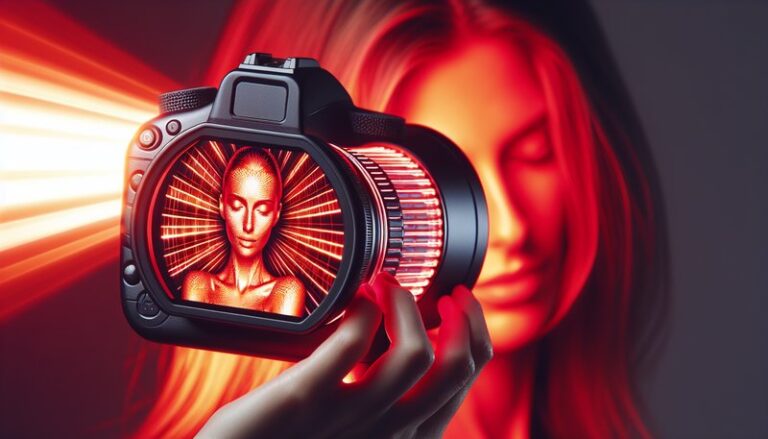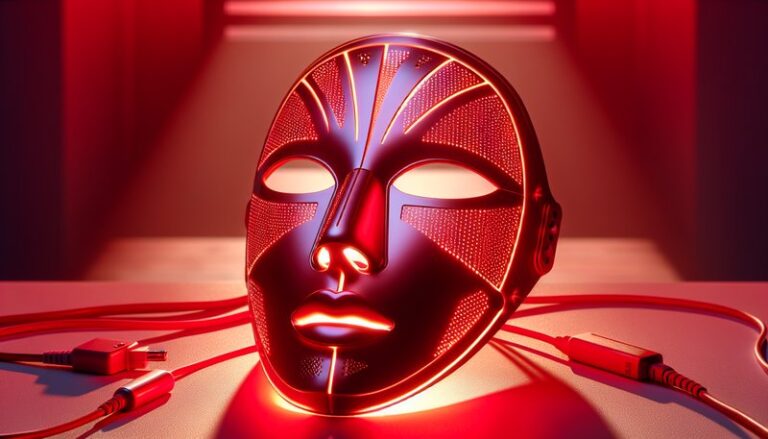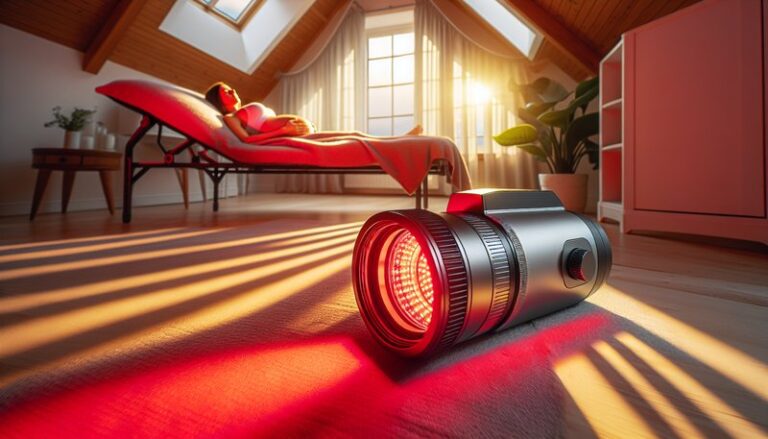Is Red Light Therapy Good For Acne?
Is red light therapy a viable option for treating acne?
See our post on Is Red Light Therapy Good for Skin?
In recent years, many have turned to red light therapy as a potential solution for skin issues, including acne. This article will explore what red light therapy is, its benefits for acne treatment, considerations before starting therapy, alternatives available, and address common questions surrounding its efficacy.
Key Takeaways
- Red light therapy utilizes low-level wavelengths of light to promote healing and reduce inflammation, making it beneficial for acne treatment.
- It is generally considered safe for most skin types with minimal side effects compared to traditional acne treatments.
- While promising, results can vary, and it may be more effective when combined with other therapies.
What is Red Light Therapy?
Red light therapy (RLT) is a non-invasive treatment that employs specific wavelengths of light—usually between 600 and 650 nanometers—to penetrate the skin. This process stimulates cellular repair, reduces inflammation, and promotes healing. It has been used in various applications, including skin rejuvenation, wound healing, and pain relief.
RLT is thought to achieve its therapeutic effects through photobiomodulation, where light energy is absorbed by the mitochondrial chromophores in cells, enhancing their function and encouraging tissue repair. While it’s primarily associated with reducing wrinkles and improving skin tone, emerging research indicates its effectiveness in treating acne and acne scars.
What are the Benefits of Red Light Therapy?
Red light therapy offers several benefits specifically for those struggling with acne.
Reduction of Inflammation
One of the primary benefits of RLT is its ability to reduce inflammation. The treatment can soothe the inflamed areas of the skin associated with active acne, potentially leading to a decrease in redness and puffiness.
Increased Healing Speed
Red light therapy promotes faster healing of acne lesions. Studies suggest that exposure to red light can accelerate the regeneration of skin cells, helping to heal existing blemishes more quickly.
Sebum Production Regulation
RLT may help regulate sebum production, which is a key factor in acne development. By balancing oil production in the skin, it can reduce the likelihood of clogged pores and breakouts.
Minimization of Acne Scars
In addition to treating active acne, red light therapy can assist in healing acne scars. Its stimulating effect on collagen production can lead to smoother skin texture over time.
Is it Possible to Use Red Light Therapy for Acne?
The feasibility of using red light therapy for acne treatment is well-supported by various clinical studies, suggesting positive outcomes for many users. However, treatment should be approached with caution and professional guidance, especially for those with severe skin issues or underlying conditions.
What are the Advantages of Using Red Light Therapy?
- Non-invasive Nature: RLT is a gentle treatment that does not involve needles or harsh chemicals.
- Minimal Side Effects: Generally, RLT has few side effects and is suitable for a variety of skin types.
- Convenience: Treatments can be done in a clinic or at home with portable devices, offering flexibility for users.
What are the Disadvantages of Using Red Light Therapy?
- Variable Results: Not everyone will respond the same way to RLT, and some individuals may see minimal benefits.
- Initial Investment: Professional treatments or quality home devices can be costly.
- Time Commitment: Each session may require a significant time commitment, with multiple sessions recommended for optimal results.
What are the Things to Consider Before Using Red Light Therapy?
Before incorporating red light therapy into your acne treatment regimen, consider the following factors.
Skin Type and Sensitivity
Understanding your skin type is crucial. Those with sensitive skin may need to approach RLT cautiously to monitor any adverse reactions.
Consistency of Treatment
For red light therapy to be effective, regular and consistent treatments are necessary. It may take several weeks to see significant improvement, so patience is essential.
Combination with Other Treatments
Discuss with a dermatologist the possibility of combining RLT with other treatments, such as topical medications or lifestyle changes, to achieve better results.
What are the Alternatives to Red Light Therapy?
If red light therapy isn’t suitable for you, several alternatives can also help manage acne.
Topical Treatments
Over-the-counter products containing benzoyl peroxide or salicylic acid can effectively treat acne by unclogging pores and reducing bacteria.
Chemical Peels
Chemical peels use acids to exfoliate the skin, helping to treat acne and reduce scars effectively. They can provide quicker results but may cause irritation.
Microdermabrasion
This treatment exfoliates the upper layer of skin, removing dead skin cells and unclogging pores. It can also help in reducing the appearance of acne scars.
Check out the details in “Botox and Red Light Therapy Timing”
Conclusion: Is it Recommended to Use Red Light Therapy for Acne?
Red light therapy can be a valuable option for managing acne, particularly due to its anti-inflammatory and healing properties. While it may not be a standalone solution for everyone, it can complement other acne treatments effectively. Consulting with a healthcare provider can help determine if RLT is the right choice for your unique skin needs.
Frequently Asked Questions
Does red light therapy hurt?
No, red light therapy is typically painless. Patients may experience a warm sensation during treatment, but it should not cause discomfort.
How long does it take to see results from red light therapy?
Results can vary, but many individuals may start to see improvements in their acne within four to six weeks of regular treatments.
Can I use red light therapy while on other acne medications?
It’s crucial to consult with a healthcare professional. Red light therapy can generally be used alongside other treatments, but specific combinations should be evaluated for safety and effectiveness.
How often should I use red light therapy for acne?
Most practitioners recommend using red light therapy 2-3 times a week for optimal results, but your specific needs might vary, so check with your provider.
Is red light therapy safe for all skin types?
Generally, red light therapy is safe for most skin types. However, individuals with specific skin conditions or concerns should consult with a dermatologist before starting treatment.
